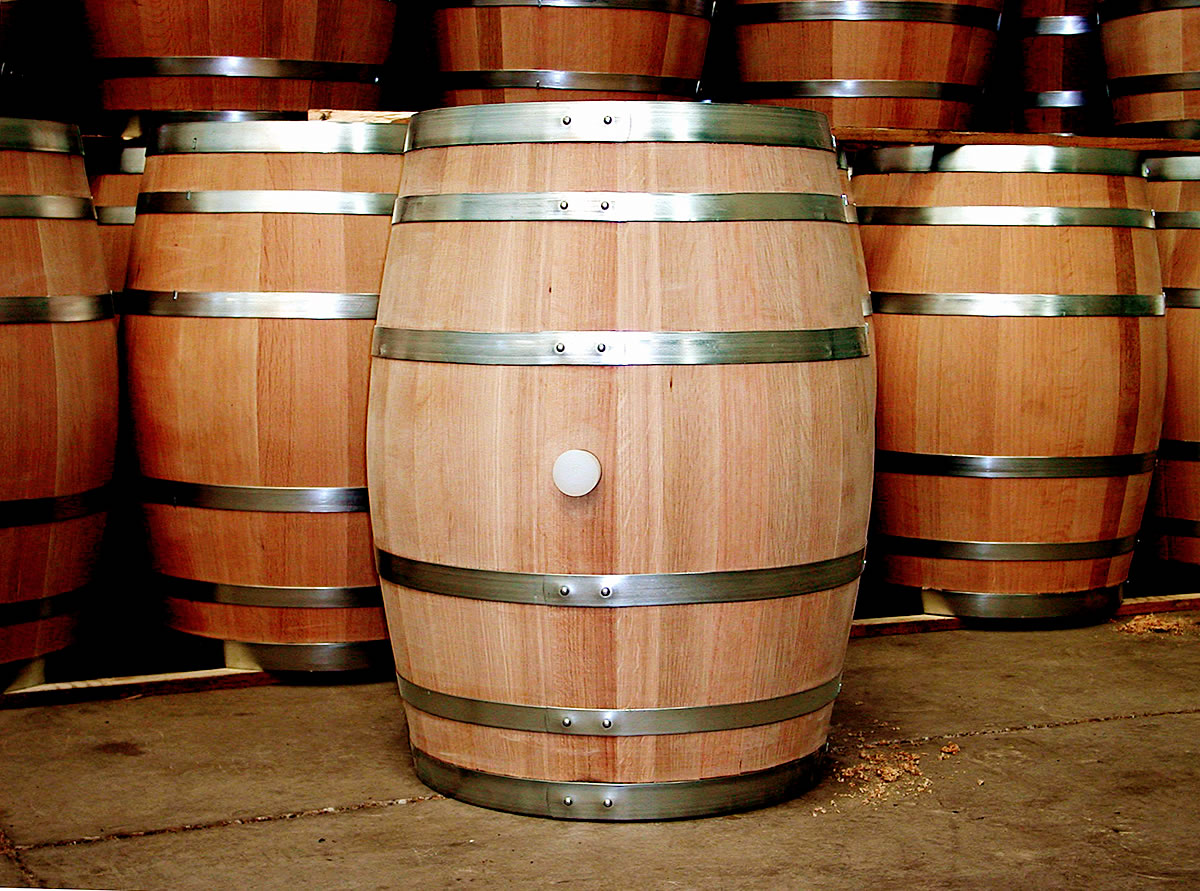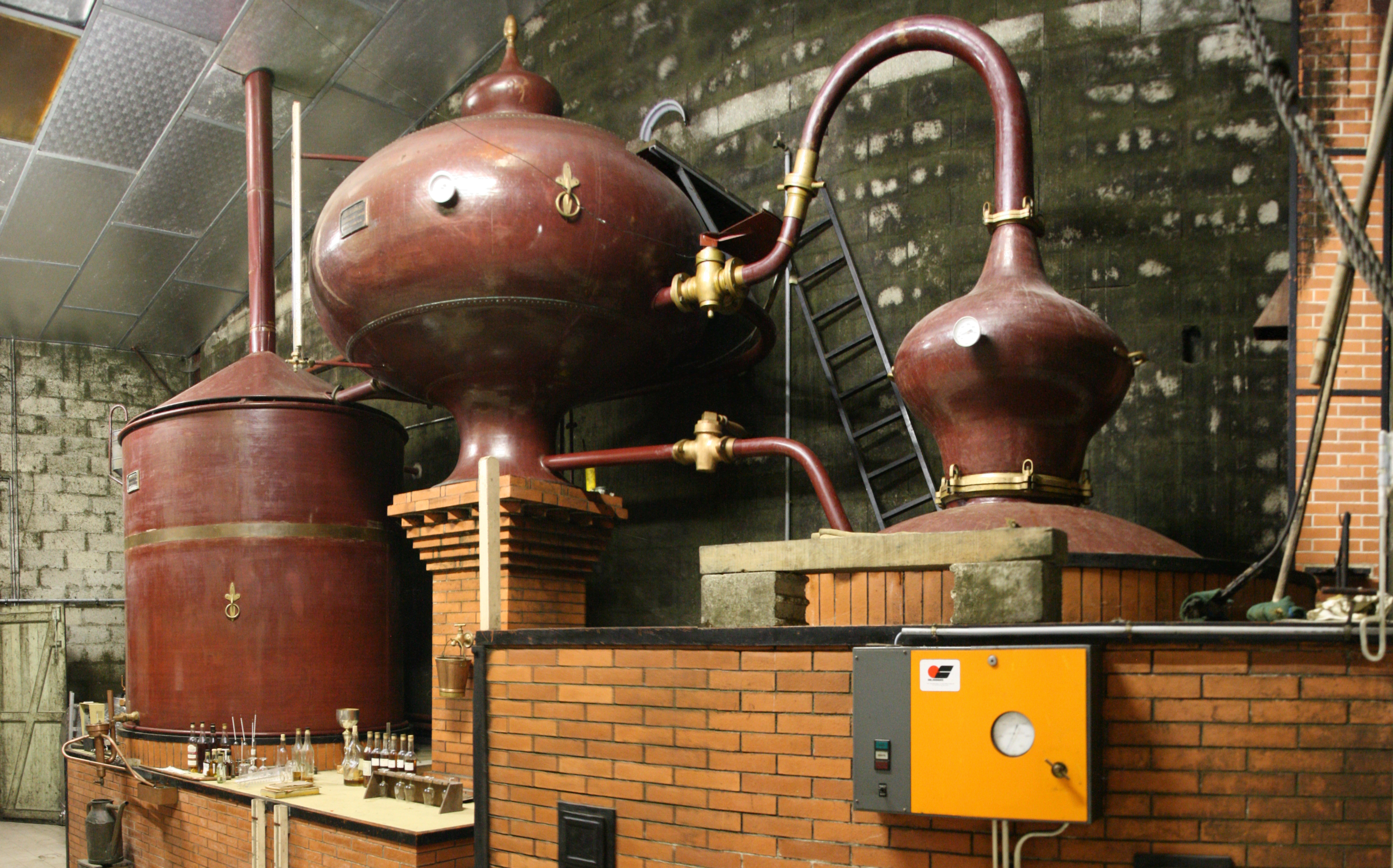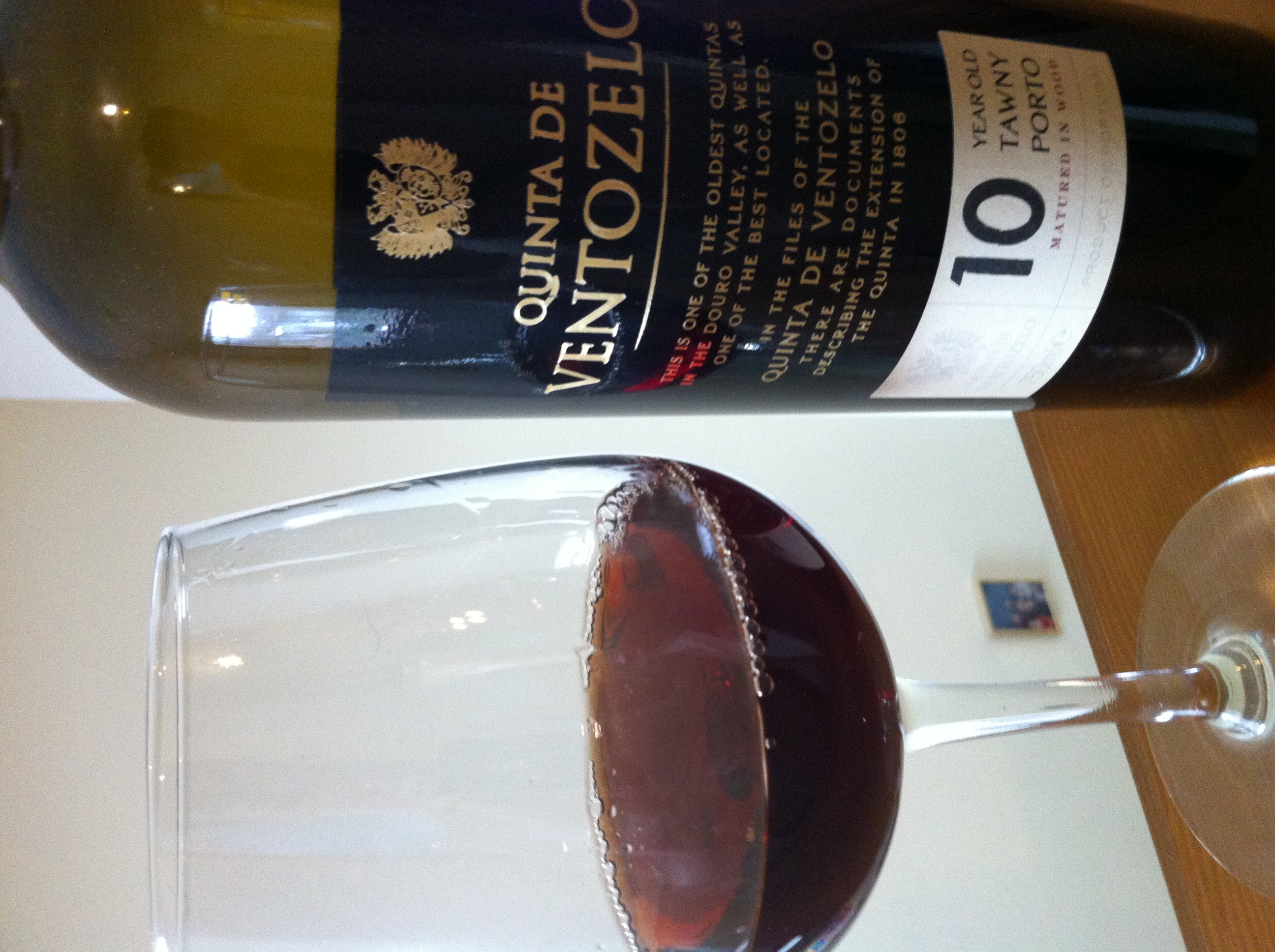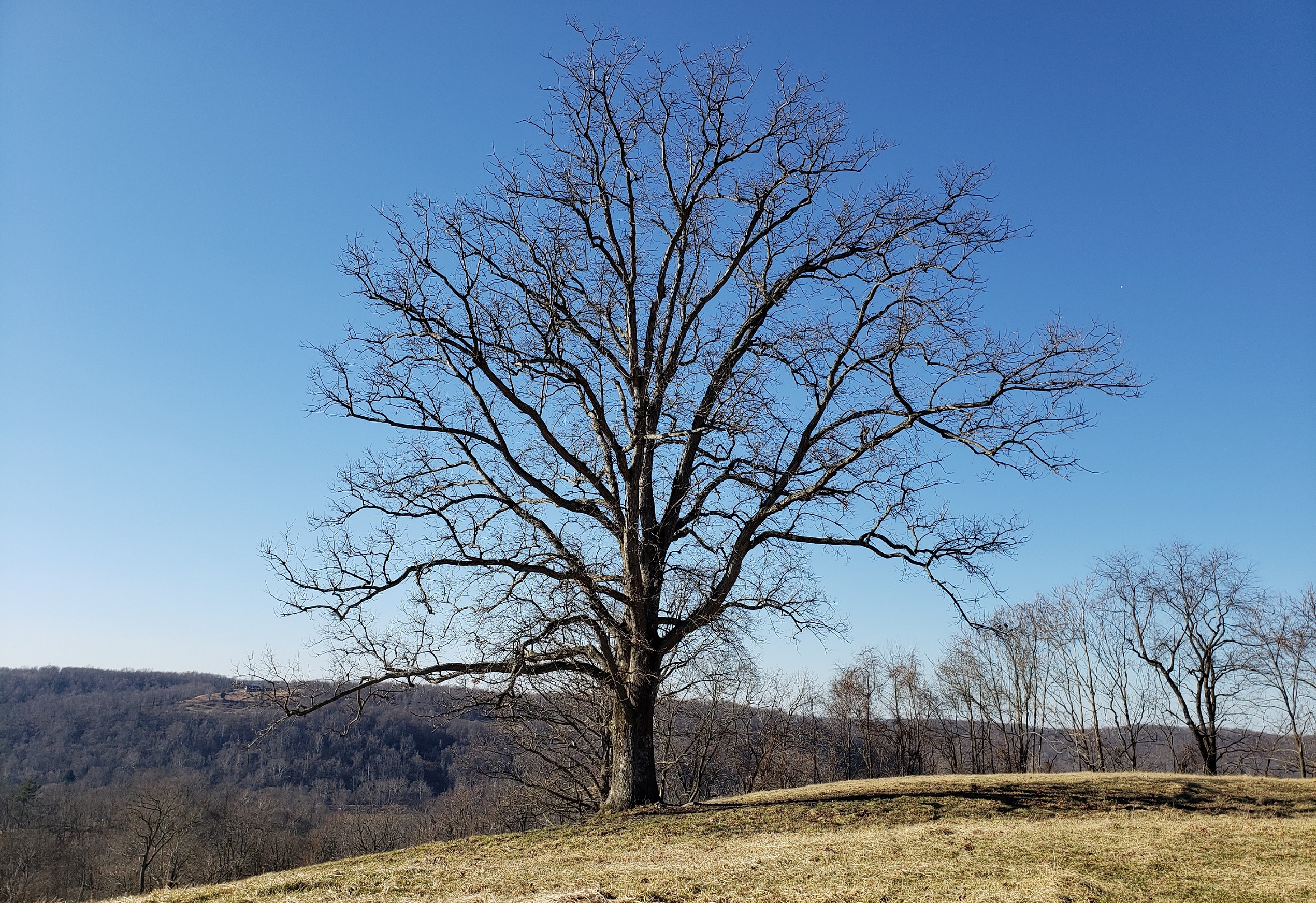|
Cask
A barrel or cask is a hollow cylindrical container with a bulging center, longer than it is wide. They are traditionally made of wooden staves and bound by wooden or metal hoops. The word vat is often used for large containers for liquids, usually alcoholic beverages; a small barrel or cask is known as a keg. Barrels have a variety of uses, including storage of liquids such as water, oil, and alcohol. They are also employed to hold maturing beverages such as wine, cognac, armagnac, sherry, port, whiskey, beer, arrack, and sake. Other commodities once stored in wooden casks include gunpowder, meat, fish, paint, honey, nails, and tallow. Modern wooden barrels for wine-making are made of English oak (''Quercus robur''), white oak (''Quercus petraea''), American white oak (''Quercus alba''), more exotic is mizunara oak ('' Quercus crispula''), and recently Oregon oak ('' Quercus garryana'') has been used. Someone who makes traditional wooden barrels is called a coope ... [...More Info...] [...Related Items...] OR: [Wikipedia] [Google] [Baidu] |
Cooper (profession)
A cooper is a craftsman who produces wooden casks, barrels, vats, buckets, tubs, troughs, and other similar containers from timber staves that were usually heated or steamed to make them pliable. Journeymen coopers also traditionally made wooden implements, such as rakes and wooden-bladed shovels. In addition to wood, other materials, such as iron, were used in the manufacturing process. The trade is the origin of the surname Cooper. Etymology The word "cooper" is derived from Middle Dutch or Middle Low German ''kūper'' 'cooper' from ''kūpe'' 'cask', in turn from Latin ''cupa'' 'tun, barrel'. The word was adopted in England as an occupational surname, Cooper. The art and skill of ''coopering'' refers to the manufacture of wooden casks, or barrels. The facility in which casks are made is referred to as a cooperage. History Traditionally, a cooper is someone who makes wooden, staved vessels, held together with wooden or metal hoops and possessing flat ends or he ... [...More Info...] [...Related Items...] OR: [Wikipedia] [Google] [Baidu] |
Whiskey
Whisky or whiskey is a type of liquor made from Fermentation in food processing, fermented grain mashing, mash. Various grains (which may be Malting, malted) are used for different varieties, including barley, Maize, corn, rye, and wheat. Whisky is typically Aging (food), aged in wooden casks, commonly of charred white oak. Uncharred white oak casks previously used for the aging of Port wine, port, rum or sherry may be employed during storage to impart a unique flavor and color. Whisky is a strictly regulated Alcoholic spirit, spirit worldwide with many classes and types. The typical unifying characteristics of the different classes and types are the fermentation of grains, distillation, and aging in Barrel, wooden barrels. Etymology The word ''whisky'' (or ''whiskey'') is an anglicisation of the Classical Gaelic word (or ) meaning "water" (now written as in Modern Irish, and in Scottish Gaelic). This Gaelic word shares its ultimate Indo-European_vocabulary#Natural_features, ... [...More Info...] [...Related Items...] OR: [Wikipedia] [Google] [Baidu] |
Beer
Beer is an alcoholic beverage produced by the brewing and fermentation of starches from cereal grain—most commonly malted barley, although wheat, maize (corn), rice, and oats are also used. The grain is mashed to convert starch in the grain to sugars, which dissolve in water to form wort. Fermentation of the wort by yeast produces ethanol and carbonation in the beer. Beer is one of the oldest and most widely consumed alcoholic drinks in the world, and one of the most popular of all drinks. Most modern beer is brewed with hops, which add bitterness and other flavours and act as a natural preservative and stabilising agent. Other flavouring agents, such as gruit, herbs, or fruits, may be included or used instead of hops. In commercial brewing, natural carbonation is often replaced with forced carbonation. Beer is distributed in bottles and cans, and is commonly available on draught in pubs and bars. The brewing industry is a global business, consisting of several ... [...More Info...] [...Related Items...] OR: [Wikipedia] [Google] [Baidu] |
Sherry
Sherry ( ) is a fortified wine produced from white grapes grown around the city of Jerez de la Frontera in Andalusia, Spain. Sherry is a drink produced in a variety of styles made primarily from the Palomino grape, ranging from light versions similar to white table wines, such as Manzanilla and fino, to darker and heavier versions that have been allowed to oxidise as they age in barrel, such as Amontillado and oloroso. Sweet dessert wines are also made from Pedro Ximénez or Moscatel grapes, and are sometimes blended with Palomino-based sherries. Under the official name of Jerez-Xérès-Sherry, it is one of Spain's wine regions, a (DOP). The word ''sherry'' is an anglicisation of Xérès (Jerez). Sherry was previously known as '' sack'', from the Spanish ''saca'', meaning "extraction" from the solera. In Europe, "sherry" has protected designation of origin status, and under Spanish law, all wine labelled as "sherry" must legally come from the Sherry Triangle, an a ... [...More Info...] [...Related Items...] OR: [Wikipedia] [Google] [Baidu] |
Cognac
Cognac ( , also , ) is a variety of brandy named after the Communes of France, commune of Cognac, France. It is produced in the surrounding wine-growing region in the Departments of France, departments of Charente and Charente-Maritime. Cognac production falls under French appellation d'origine contrôlée (AOC) designation, with production methods and naming required to meet certain legal requirements. Among the specified grapes, Ugni blanc, known locally as Saint-Émilion, is most widely used. The brandy must be twice Distillation, distilled in copper pot stills and aged at least two years in French Aging barrel, oak barrels from Limousin or Forest of Tronçais, Tronçais. Cognac matures in the same way as whiskies and wines barrel-age, and most cognacs spend considerably longer "on the wood" than the minimum legal requirement. Production process Cognac is a type of brandy, and after the distillation and during the aging process, is also called ''eau de vie''. It is produce ... [...More Info...] [...Related Items...] OR: [Wikipedia] [Google] [Baidu] |
Cognac (brandy)
Cognac ( , also , ) is a variety of brandy named after the commune of Cognac, France. It is produced in the surrounding wine-growing region in the departments of Charente and Charente-Maritime. Cognac production falls under French appellation d'origine contrôlée (AOC) designation, with production methods and naming required to meet certain legal requirements. Among the specified grapes, Ugni blanc, known locally as Saint-Émilion, is most widely used. The brandy must be twice distilled in copper pot stills and aged at least two years in French oak barrels from Limousin or Tronçais. Cognac matures in the same way as whiskies and wines barrel-age, and most cognacs spend considerably longer "on the wood" than the minimum legal requirement. Production process Cognac is a type of brandy, and after the distillation and during the aging process, is also called '' eau de vie''. It is produced by twice distilling wine made from grapes grown in any of the designated growing reg ... [...More Info...] [...Related Items...] OR: [Wikipedia] [Google] [Baidu] |
Sake
Sake, , or saki, also referred to as Japanese rice wine, is an alcoholic beverage of Japanese origin made by fermenting rice that has been polished to remove the bran. Despite the name ''Japanese rice wine'', sake, and indeed any East Asian rice wine (such as huangjiu and cheongju), is produced by a brewing process more akin to that of beer, where starch is converted into sugars that ferment into alcohol, whereas in wine, alcohol is produced by fermenting sugar that is naturally present in fruit, typically grapes. The brewing process for sake differs from the process for beer, where the conversion from starch to sugar and then from sugar to alcohol occurs in two distinct steps. Like other rice wines, when sake is brewed, these conversions occur simultaneously. The alcohol content differs between sake, wine, and beer; while most beer contains 3–9% ABV, wine generally contains 9–16% ABV, and undiluted sake contains 18–20% ABV (although this is often lowered to abou ... [...More Info...] [...Related Items...] OR: [Wikipedia] [Google] [Baidu] |
Wine
Wine is an alcoholic drink made from Fermentation in winemaking, fermented fruit. Yeast in winemaking, Yeast consumes the sugar in the fruit and converts it to ethanol and carbon dioxide, releasing heat in the process. Wine is most often made from grapes, and the term "wine" generally refers to grape wine when used without any qualification. Even so, wine can be made fruit wine, from a variety of fruit crops, including plum, cherry, pomegranate, blueberry, Ribes, currant, and Sambucus, elderberry. Different varieties of grapes and Strain (biology), strains of yeasts are major factors in different styles of wine. These differences result from the complex interactions between the Biochemistry, biochemical development of the grape, the reactions involved in fermentation, the grape's growing environment (terroir), and the wine production process. Many countries enact legal appellations intended to define styles and qualities of wine. These typically restrict the geographical origin ... [...More Info...] [...Related Items...] OR: [Wikipedia] [Google] [Baidu] |
Quercus Garryana
''Quercus garryana'' is an oak tree species named for Nicholas Garry, deputy governor of the Hudson's Bay Company. It is commonly known as the Garry oak, Oregon white oak or Oregon oak. The species is found in the Pacific Northwest, with a range stretching from southern California to southwestern British Columbia. Description ''Quercus garryana'' is typically of medium height, growing slowly to around and occasionally as high as , or in shrub form to tall. The trunks grow to thick, exceptionally . The Bark (botany), bark is gray and fissured. It has the characteristic oval profile of other oaks when solitary, but is also known to grow in groves close enough together that crowns may form a canopy. The leaves are deciduous, long and 1–3 in broad, with 3–7 deep lobes on each side, darker green on top and finely haired below. The flowers are catkins. The fruit a small acorn long, rarely in, and broad, with shallow, scaly cups. Its fall color is unspectacular, with many tr ... [...More Info...] [...Related Items...] OR: [Wikipedia] [Google] [Baidu] |
Port Wine
Port wine (, ; ), or simply port, is a Portuguese wine, Portuguese fortified wine produced in the Douro, Douro Valley of Norte, Portugal, northern Portugal. It is typically a sweetness of wine, sweet red wine, often served with dessert wine, dessert, although it also comes in dry, semi-dry, and white varieties. Other port-style fortified wines are produced outside Portugalin Argentina, Australia, Canada, France, India, Italy, South Africa, Spain, and the United Statesbut under the European Union Protected Designation of Origin guidelines, only wines from Portugal are allowed to be labelled "port". Region and production Port is produced from grapes grown and processed in the demarcated Douro region. The wine produced is then fortified by the Mutage, addition of a neutral grape spirit known as aguardente#Portugal, aguardente to stop the Fermentation (wine), fermentation, leaving residual sugar in the wine, and to boost the Alcohol (drug), alcohol content. The fortification sp ... [...More Info...] [...Related Items...] OR: [Wikipedia] [Google] [Baidu] |
Quercus Alba
''Quercus alba'', the white oak, is one of the preeminent hardwoods of eastern and central North America. It is a long-lived oak, native to eastern and central North America and found from Minnesota, Ontario, Quebec, and southern Maine south as far as northern Florida and eastern Texas. Specimens have been documented to be over 450 years old. Although called a white oak, it is very unusual to find an individual specimen with white bark; the usual colour is a light gray. The name comes from the colour of the finished wood. In the forest it can reach a magnificent height and in the open it develops into a massive broad-topped tree with large branches striking out at wide angles. Description ''Quercus alba'' typically reaches heights of at maturity, and its canopy can become quite massive as its lower branches are apt to extend far out laterally, parallel to the ground. Trees growing in a forest will become much taller than ones in an open area which develop to be short and mass ... [...More Info...] [...Related Items...] OR: [Wikipedia] [Google] [Baidu] |









